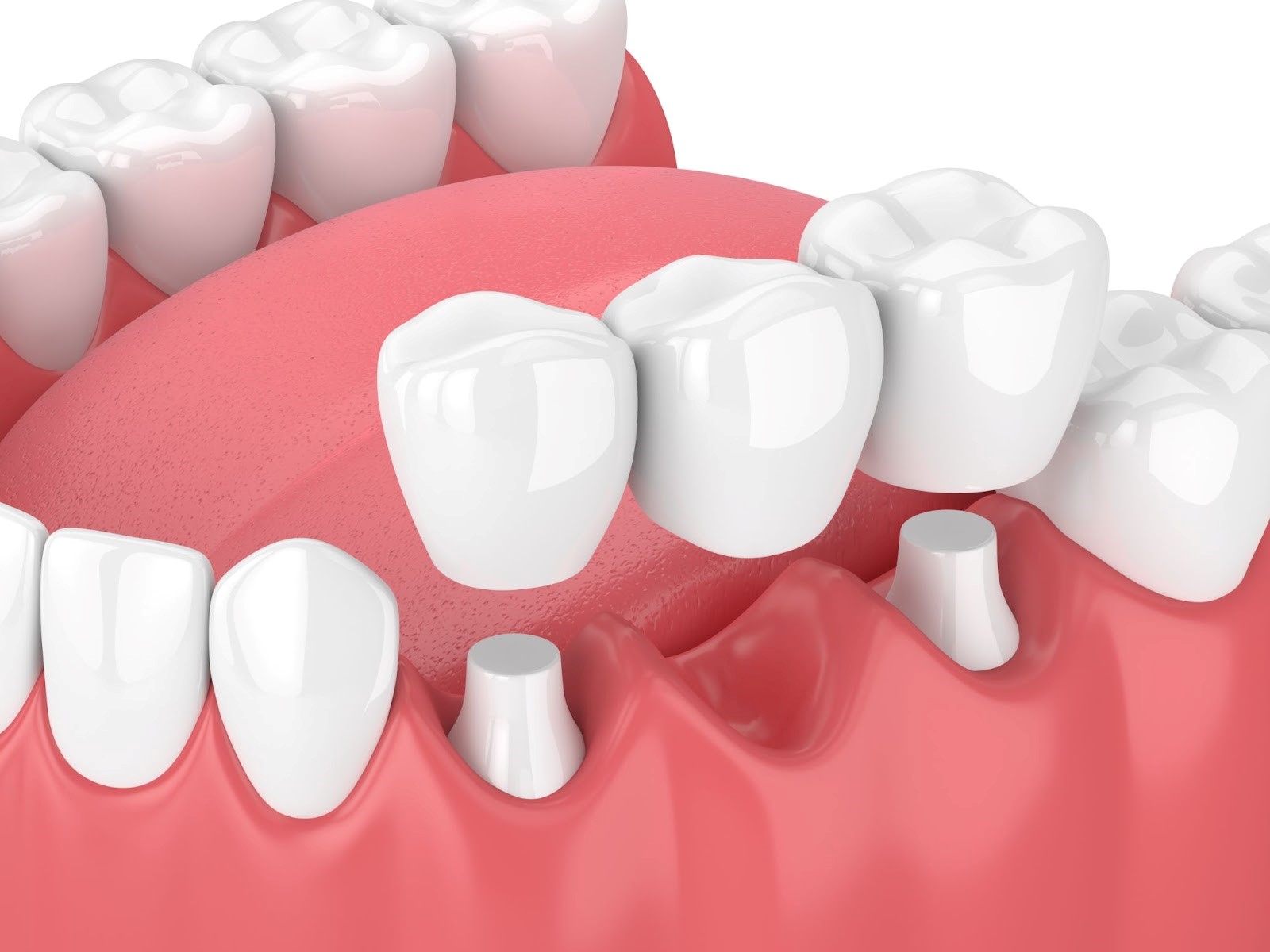
Restoring Your Smile: Dental Bridges in Highpoint
Missing teeth can affect more than just your smile—they can impact how you eat, speak, and even how you feel about yourself. Fortunately, a dental bridge offers an elegant, reliable solution to bridge those gaps and help you regain dental function and confidence. In Highpoint, many dental practices specialize in bridges, ensuring high standards of care, advanced materials, and customized treatment plans that suit each patient’s needs.
What Is a Dental Bridge?
A dental bridge is a prosthetic restoration used to replace one or more missing teeth by literally “bridging” the gap. It typically consists of:
- Abutment teeth: the natural teeth on either side of the gap. These act as anchors.
- Pontic: the false tooth (or teeth) that fills the gap.
- Connectors: that attach the pontic to the abutment teeth.
Bridges can be made from porcelain, ceramic, metal alloys, or combinations thereof. The choice depends on aesthetics, strength, and budget.
Some bridges are fixed (permanent, not removable), whereas others may be removable (less common for bridges, more common for partial dentures). There are also implant-supported bridges, where instead of relying completely on nearby natural teeth, one or more dental implants provide the anchor. This can be especially useful if the abutment teeth are not strong enough to support traditional bridgework.
Benefits of Getting a Bridge in Highpoint
When you choose to get a dental bridge in Highpoint, you can expect several advantages:
- Improved Speech and Chewing
Gaps in teeth can make certain sounds harder to pronounce. A bridge restores the chewing surface, enabling more comfortable eating and clearer speech. - Better Appearance and Confidence
Bridges help restore the natural look of your smile. When done well, bridges blend with your adjacent teeth in color and shape, helping maintain facial contours and a youthful appearance. - Prevention of Tooth Movement
After losing a tooth, adjacent teeth may drift into the empty space, leading to bite misalignment and further dental problems. A bridge holds surrounding teeth in place. - Relatively Quick Treatment
Compared with some implant procedures, traditional dental bridges can often be completed in fewer appointments. With implant-supported bridges, treatment time may be longer due to surgical and healing phases.
Types of Dental Bridges You’ll Find in Highpoint
Dentists in the Highpoint area offer several bridge options. Here are some common types and how they compare:
| Type | Description | Pros | Considerations |
|---|---|---|---|
| Traditional Fixed Bridge | Anchored by crowns on abutment teeth with pontic(s) between | Reliable, good strength, looks natural | Requires reduction of healthy abutment teeth; may not be ideal if those teeth are compromised. |
| Implant-Supported Bridge | Uses dental implants as anchors instead of—or in addition to—natural teeth | Doesn’t rely on natural teeth; preserves bone; very stable | Surgical procedure needed; healing time; higher cost. |
| Maryland (Resin-Bonded) Bridge | Pontic attached to abutment teeth via metal or porcelain “wings” bonded to back of teeth | Minimally invasive; preserves tooth structure | Less strong; not suitable for large spans or heavy biting forces. |
What to Expect During Treatment
If you’re considering getting a dental bridge in Highpoint, here’s what the process usually involves:
- Initial Consultation & Evaluation
Your dentist will assess your oral health, including the condition of neighbouring teeth, jawbone health, and whether implants are an option. X-rays or scans may be needed. - Tooth Preparation
For traditional bridges, abutment teeth are shaped to accommodate crowns. Impressions or digital scans are taken so the bridge fits precisely. If implants are used, they’re surgically placed and allowed time to heal and integrate with the bone. - Creation of the Bridge
Whether lab-fabricated or made with in-office technology, the pontic(s) and framework are constructed to match colour, shape, and bite. - Fitting
The bridge is fitted, checked for comfort, bite alignment, appearance, and then permanently cemented or fixed in place. - Aftercare and Maintenance
Good oral hygiene is critical: brushing, flossing, and regular check-ups help prevent decay around abutment teeth and ensure the longevity of the bridge. Night guards or other protective devices may be suggested if you grind teeth. Implants require extra attention to gum health.
Things to Keep in Mind
When considering a dental bridge, these factors are important:
- Health of abutment teeth: If the teeth supporting the bridge are weak, decayed, or have had large fillings, they may not be ideal anchors.
- Bone support: For implant-based options, adequate jawbone is required. Sometimes bone grafting may be needed.
- Aesthetics versus durability: Porcelain bridges may look more natural, but metal or porcelain-fused-to-metal options might offer more strength in back teeth.
- Cost and insurance coverage: Bridge treatment costs vary widely depending on materials, complexity, and whether implants are involved. Find out what portions are covered by insurance and what your out-of-pocket expense will be.
- Long-term maintenance: While bridges are durable, they’re not permanent in the sense of lasting forever. With proper care, many last 5-15 years or longer. But over time, abutment tooth issues, wear, or changes in gums may require replacement.
Why Choose Gentle Care Family Dental for Bridges
Though many providers in Highpoint offer bridges, what sets a great dental office apart includes:
- Listening closely to your goals—whether you prioritize aesthetics, function, budget, or minimal invasiveness.
- Using modern diagnostic tools (dental imaging, digital impressions, shade matching) to ensure accurate results.
- Offering a range of options—traditional, implant-supported, and possibly resin-bonded—so you can pick what’s best for your situation.
- Emphasis on patient comfort and care: less anxiety, clear communication of each step, and follow-up support.
Final Thoughts
A dental bridge is more than just filling a gap. It’s about restoring confidence, bite function, and preserving your long-term oral health. If you’re in Highpoint and dealing with missing teeth—whether one, several, or a span of teeth—exploring bridge options with a trusted dental provider can set you on the path to a durable, attractive smile.


